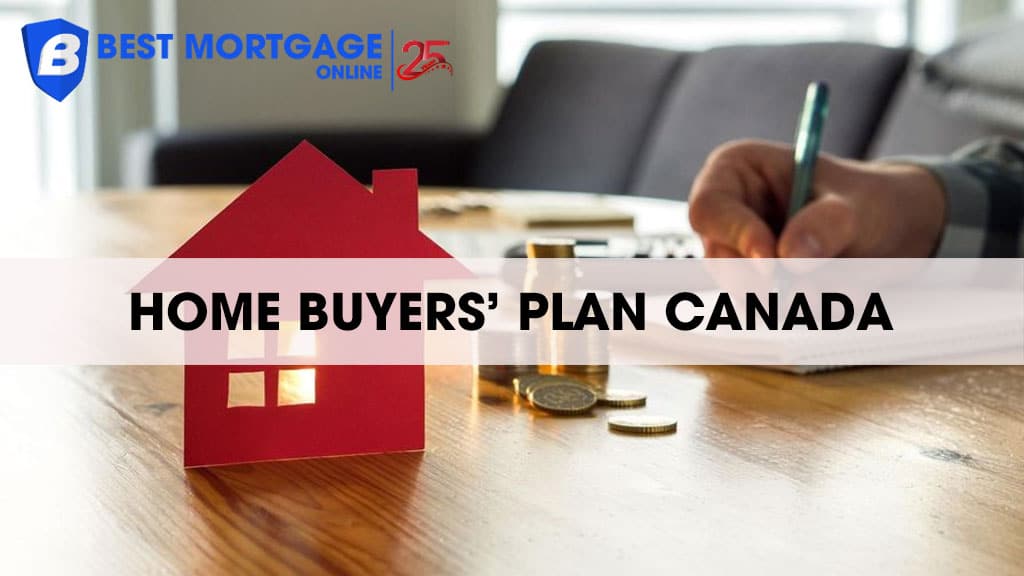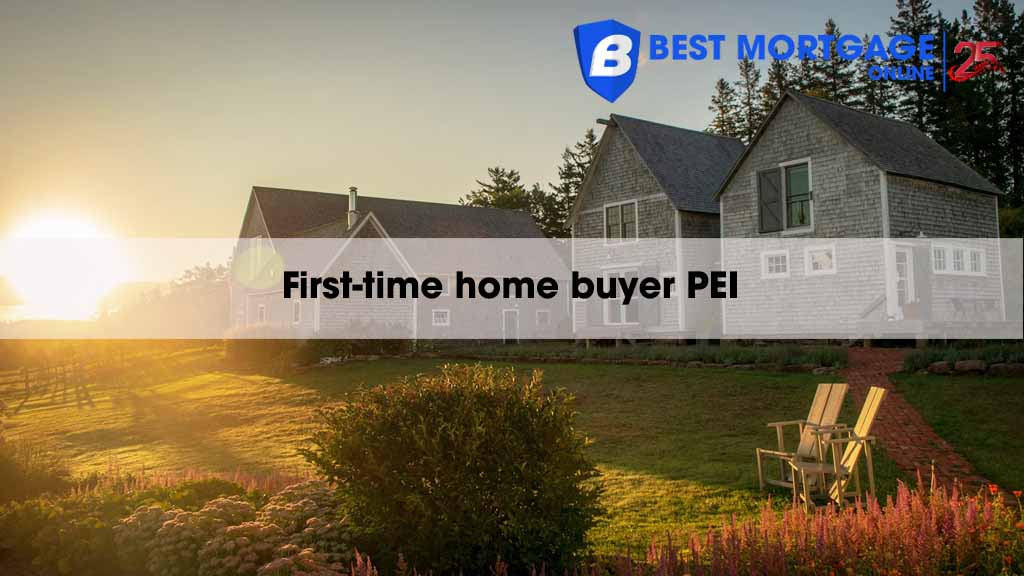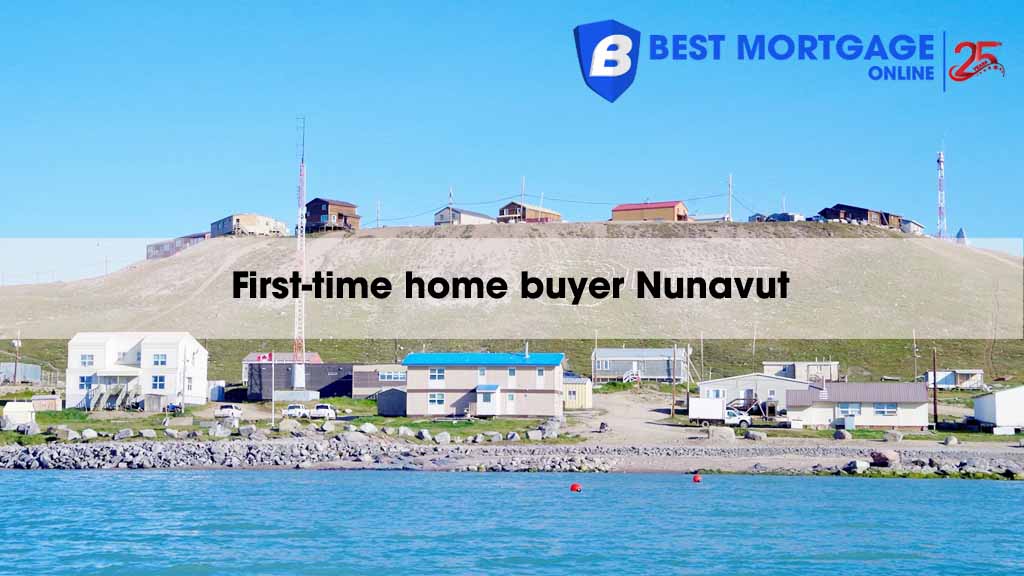The RRSP Home Buyers’ Plan (HBP) enables eligible Canadian first-time homebuyers to access additional funds that can be used for a down payment, thereby improving home affordability.
In this guide, we will cover everything you need to know about the RRSP Home Buyers’ Plan to help you determine if tapping your RRSP is the right strategy as you embark on your home-buying journey.
What is the Home Buyers’ Plan?
The RRSP Home Buyers’ Plan (HBP) is a Canadian government program that allows first-time homebuyers to withdraw funds from their Registered Retirement Savings Plan (RRSP) to purchase or build a qualifying home. The HBP enables individuals to borrow up to $60,000 tax-free from their RRSP, which can be used towards the down payment or other expenses related to buying a home.
Who qualifies for the Home Buyers’ Plan?
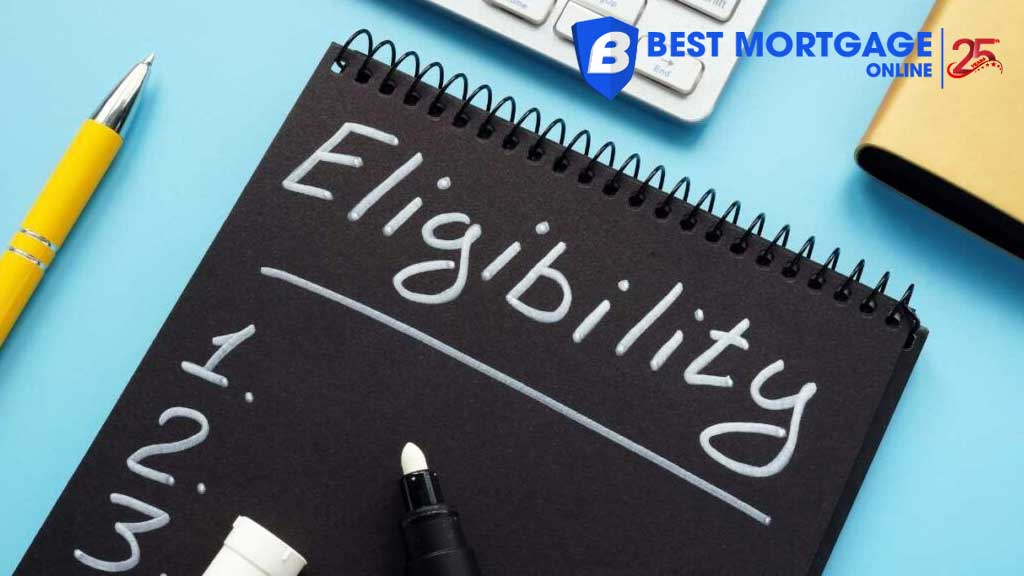
To participate in the Home Buyers’ Plan, you must meet specific eligibility criteria as follows:
First-time Homebuyer Status: You must be considered a first-time homebuyer, meaning neither you nor your spouse or common-law partner has owned a home you occupied as a principal residence in the last 4 years. The HBP is intended to help first-time buyers who have not previously owned a home. If you have owned it before, but it has been over 4 years, you may still qualify.
Canadian resident status: You must be a resident of Canada at the time funds are withdrawn from your RRSP under the HBP, as well as when you buy or build your qualifying home.
Written agreement: You must have a written agreement to buy or build a qualifying home for yourself or a related person with a disability. The types of homes can include detached, semi-detached, townhomes, condos, and apartments. Cooperative housing arrangements may also qualify with some exceptions. Secondary homes, such as cottages, do not qualify under the HBP rules.
If you or your spouse or common-law partner is eligible for the disability tax credit, you may be exempt from the first-time home buyer requirements. Additionally, if you are purchasing a home for a related person with a disability, you and other eligible relatives can access the HBP even if you do not qualify as a first-time buyer.
How much can you withdraw with the HBP?
Under the updated HBP rules, as of April 16, 2024, the HBP withdrawal limit has increased from $35,000 to $60,000 per individual. For couples, each individual can withdraw up to $60,000, allowing for a combined total of up to $120,000 towards purchasing a home. This increase aims to address the rising costs of homeownership and help more Canadians achieve their dream of owning a home.
| HBP Withdrawal Limits | Before April 16, 2024 | As of April 16, 2024 |
|---|---|---|
| Individual | $35,000 | $60,000 |
| Couple (combined) | $70,000 | $120,000 |
To be eligible for withdrawal, the funds must have been in your RRSP for at least 90 days before the withdrawal date. This rule, known as the “90-day rule,” ensures that the funds are part of your retirement savings and not simply deposited for immediate withdrawal under the HBP. [Source]
What are the repayment rules for the HBP?
When you withdraw funds under the Home Buyers’ Plan, you essentially borrow from your retirement savings. As such, you must repay the full amount into your RRSP within 15 years.
Your repayment period begins the second year after the year you made your first HBP withdrawal. For example, if you withdrew funds in 2024, your repayment period would start in 2026.
Each year, you must repay a minimum of 1/15th of the total amount you withdrew by the annual deadline, typically 60 days after the end of the calendar year. Repayments are made by contributing to your RRSP and designating the contribution as an HBP repayment on your tax return.
If you do not make the minimum repayment in a given year, that amount will be added to your taxable income for that year. This means you must pay income tax on the amount not repaid based on your marginal tax rate.
You can repay more than the annual minimum, which will reduce your outstanding HBP balance and lower your future annual repayment amounts.
For HBP withdrawals made between January 1, 2022, and December 31, 2025, the repayment period start date has been delayed by an additional three years. This means you will have five years before you need to begin making repayments on these withdrawals.
Understanding and following the HBP repayment rules is crucial to avoid adverse tax consequences. By repaying your HBP withdrawals on time, you can restore your retirement savings and continue to benefit from the tax-deferred growth within your RRSP.
What are the pros and cons of using the HBP?
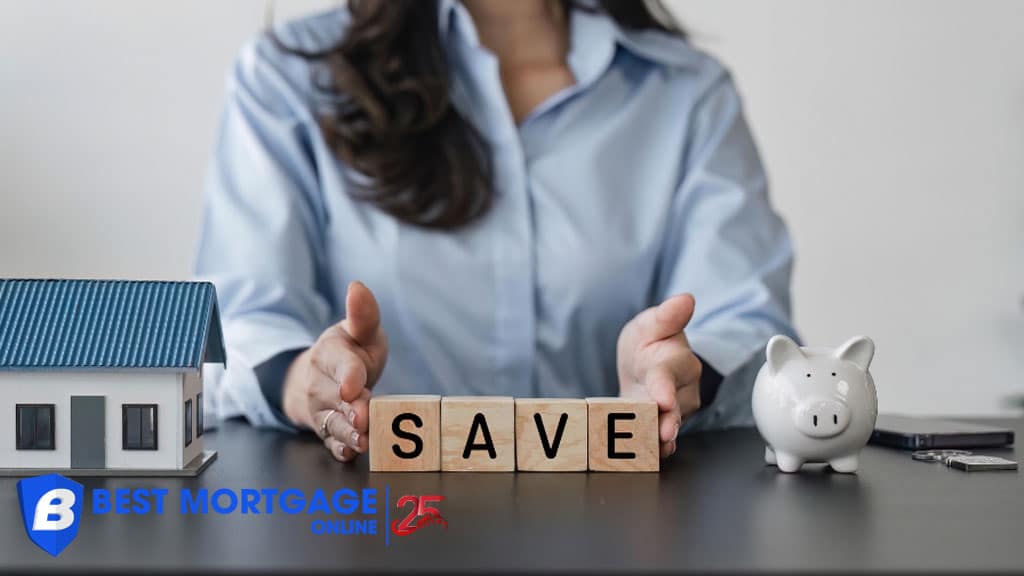
Before deciding to use the Home Buyers’ Plan, it’s essential to consider both the advantages and disadvantages of the program.
There are three main benefits of the HBP:
- Increased affordability: By allowing you to access up to $60,000 tax-free from your RRSP, the HBP can significantly improve your down payment, making homeownership more affordable.
- Tax-free loan: The HBP essentially functions as an interest-free loan from your own retirement savings. As long as you follow the repayment rules, you can use these funds to purchase your home without incurring any tax penalties.
- Flexibility: You can withdraw funds from multiple RRSP accounts and make multiple withdrawals within the same calendar year, providing flexibility in how you access your savings.
On the other hand, there are also four drawbacks of using the HBP that homebuyers need to consider:
- RRSP savings requirement: To take full advantage of the HBP, you need to have sufficient funds in your RRSP. If you have not been contributing regularly to your RRSP, you may not have enough saved to significantly impact your down payment.
- Impact on retirement savings: By withdrawing funds from your RRSP, you are reducing the amount of money that can grow tax-deferred for your retirement. This may impact your long-term retirement savings goals, especially if you cannot repay the funds as required.
- Strict repayment rules: The HBP has specific repayment requirements, which must be followed to avoid tax penalties. If you are unable to make the required repayments, the amount not repaid will be added to your taxable income for that year.
- Eligibility restrictions: The HBP is only available to first-time homebuyers or those who have not owned a home in the previous four years. If you do not meet these eligibility requirements, you cannot participate in the program.
Ultimately, the decision to use the HBP depends on your financial situation, retirement savings goals, and homeownership aspirations. It’s essential to carefully consider the pros and cons and consult with a financial advisor to determine if the HBP is the right choice for you.
Can you combine the HBP with other homebuyer incentives?
Yes, the Home Buyers’ Plan can be combined with other Canadian homebuyer incentives to further support your home purchase. Some programs include:
- First-Time Home Buyers’ Tax Credit (HBTC): The HBTC is a non-refundable tax credit that provides first-time homebuyers up to $1,500 in tax relief.
- GST/HST New Housing Rebate: If you are purchasing a newly constructed home, substantially renovating an existing home, or rebuilding a home destroyed by fire, you may be eligible for a rebate of some of the GST or HST paid on the purchase price or renovation costs.
- First Home Savings Account: The FHSA is a new tax-advantaged savings account designed specifically for first-time homebuyers. Contributions to an FHSA are tax-deductible, and withdrawals for a qualifying home purchase are tax-free. You can contribute up to $8,000 per year to an FHSA, with a lifetime contribution limit of $40,000.
Combining the Home Buyers’ Plan with one or more incentives can reduce upfront costs, lower monthly mortgage payments, and make homeownership more attainable. Research each program thoroughly and consult with a financial advisor or mortgage professional to determine which combination of incentives best suits your needs.
What happens if you don’t meet HBP conditions?
If you participate in the Home Buyers’ Plan but fail to meet certain conditions, you may be required to cancel your participation and face tax consequences. You may be required to cancel your participation if:
- You do not buy or build a qualifying home by October 1st of the year following your HBP withdrawal
- You become a non-resident of Canada after making an HBP withdrawal, but before purchasing or building your qualifying home
- You use your HBP funds for purposes other than buying or building a qualifying home
If you need to cancel your HBP participation, you must:
- Complete Form RC471, “Home Buyers’ Plan (HBP) Cancellation,” and submit it to the Canada Revenue Agency (CRA).
- Repay the full amount withdrawn under the HBP to your RRSP.
- Report the withdrawn amount as income on your tax return for the year you made the withdrawal. This means you will be subject to income tax on the withdrawn funds.
In some cases, if you have fully repaid the prior withdrawal, you may be able to re-use the HBP, purchase a new qualifying home, and meet other eligibility criteria.
FAQs about Home Buyers’ Plan
Do I have to pay tax on the money I withdraw from my RRSP under the HBP?
No, you do not have to pay tax on the money you withdraw under the HBP as long as you repay the full amount within the required 15-year period.
Can I still use the HBP if I have owned a home before?
You may still be eligible for the HBP if you have not owned a home as your principal residence within the previous four years.
Can I use the HBP more than once?
Yes, you can use the HBP more than once as long as you have fully repaid your previous HBP withdrawal and meet all other eligibility criteria.
Can I use the HBP to buy a rental property or a second home?
No, the HBP can only be used to purchase or build a home that will be your principal residence.
How to decide if the HBP is right for you?
When considering whether to use the Home Buyers’ Plan, it is essential to evaluate your personal financial situation and homeownership goals. Take these actions:
- Review your RRSP savings. If you have been consistently contributing to your RRSP and have a significant balance, the HBP may be a viable option for you.
- Ensure that you meet the HBP’s definition of a first-time homebuyer, which requires that you have not owned a home you occupied as your principal residence within the previous four years.
- Assess your ability to repay the HBP withdrawal. Consider your current and future income, job stability, and other financial obligations to ensure you can make the minimum annual repayments without undue financial strain.
- Evaluate how withdrawing funds from your RRSP may impact your long-term retirement savings goals.
- Other homebuyer incentives and savings plans to determine if they may better suit your needs or if they can be used in combination with the HBP.
Consult with a mortgage professional at Best Mortgage Online to discuss your situation and get personalized advice on whether the HBP is the right choice.

